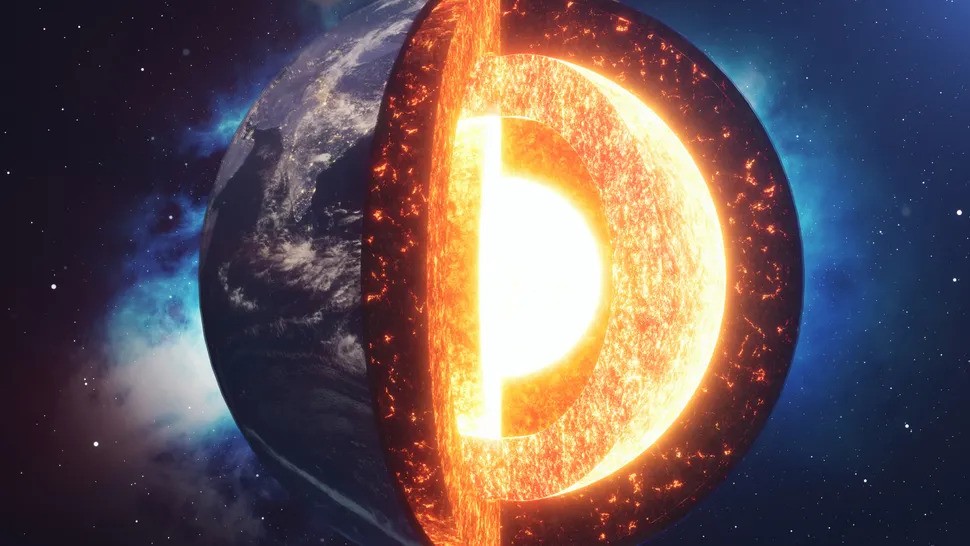New research indicates that the plate tectonics responsible for earthquakes, mountain building, and continental drift may have commenced when Earth was in its infancy, significantly earlier than previously thought. The study, published on July 8 in the journal PNAS, suggests that plate tectonics started more than 4 billion years ago, shortly after the planet’s formation 4.5 billion years ago.
During the Hadean era, Earth was a hot, volatile environment with an ammonia-and-methane atmosphere and enough water to form a global ocean. As the planet cooled, a solid outer crust developed, which today is shaped by the movements of tectonic plates on the more mobile mantle below. However, the exact timing of the onset of plate tectonics has been uncertain. Previous estimates ranged from the Hadean era to as recent as 3.2 billion years ago, based on changes in crust geochemistry, with some arguing that modern plate tectonics evolved within the last couple of billion years.
Determining the start of plate tectonics is challenging due to the lack of surviving rocks older than 4 billion years. The primary evidence comes from ancient zircons, tough crystals dating back 4.4 billion years. A specific type, S-type zircons, indicate plate tectonic activity as they form in sedimentary rocks on land, get pushed into the mantle, and re-emerge in metamorphic granites. Identifying S-type zircons requires analyzing a suite of trace minerals.
In the new study, researchers used a machine-learning model to streamline this identification process. They trained the model on data from 300 known zircons and tested it on 74 more. Once the model was adept at distinguishing zircon types, it was applied to 971 zircons from Australia’s Jack Hills, where Earth’s oldest zircons are found. The results revealed that 35% of the Jack Hills zircons were S-type, with some dating back to 4.2 billion years ago. This suggests that plate tectonics was active, cycling rocks between the crust and mantle during the Hadean era.
This research builds on previous hints of ancient tectonic activity, such as a 2023 experiment indicating that the oldest continental crust formed by subduction. Despite these findings, not all scientists are convinced. Chris Hawkesworth, a geochemist at the University of Bristol, noted that other forces, like giant meteor impacts, could also have contributed to early rock movements between the crust and mantle.


